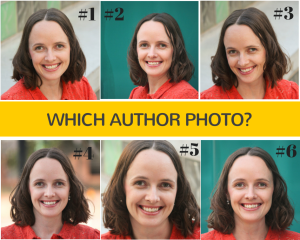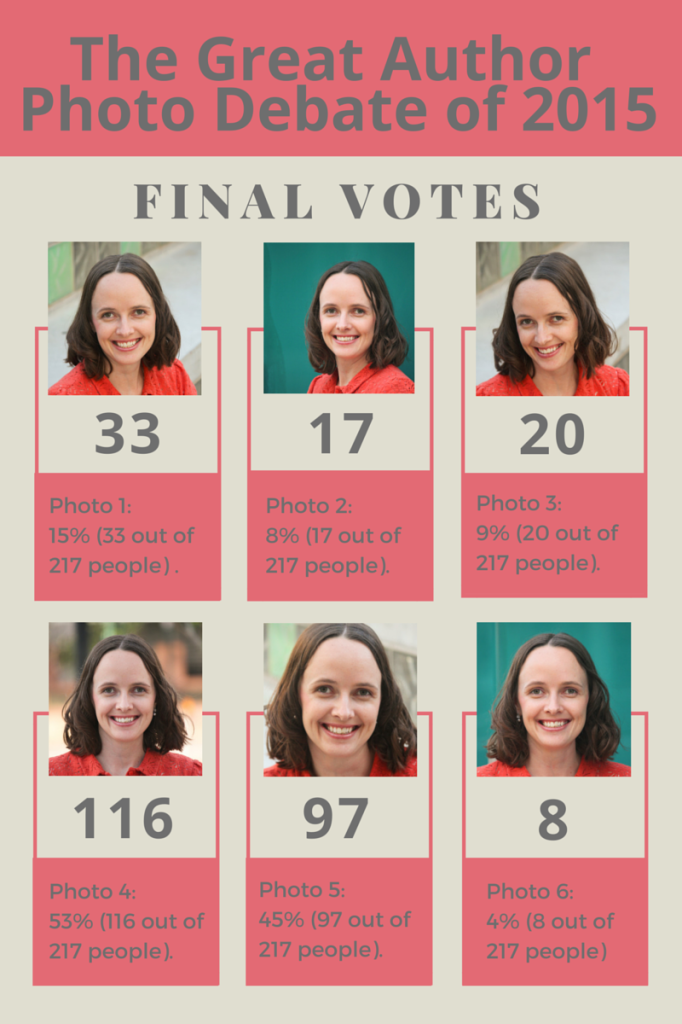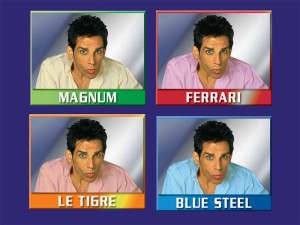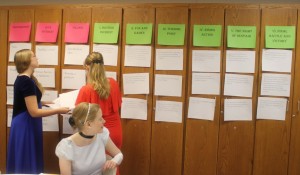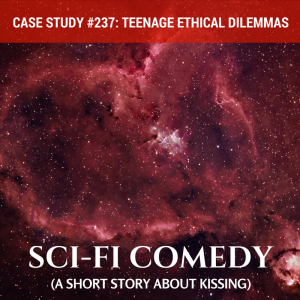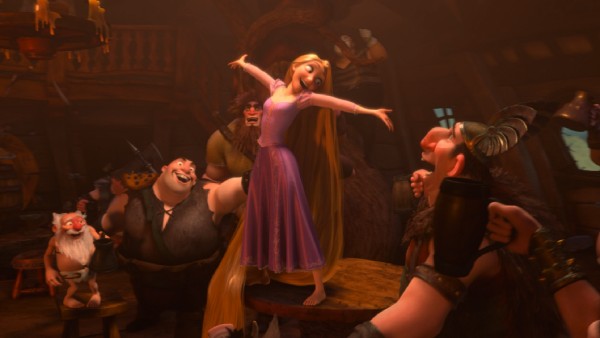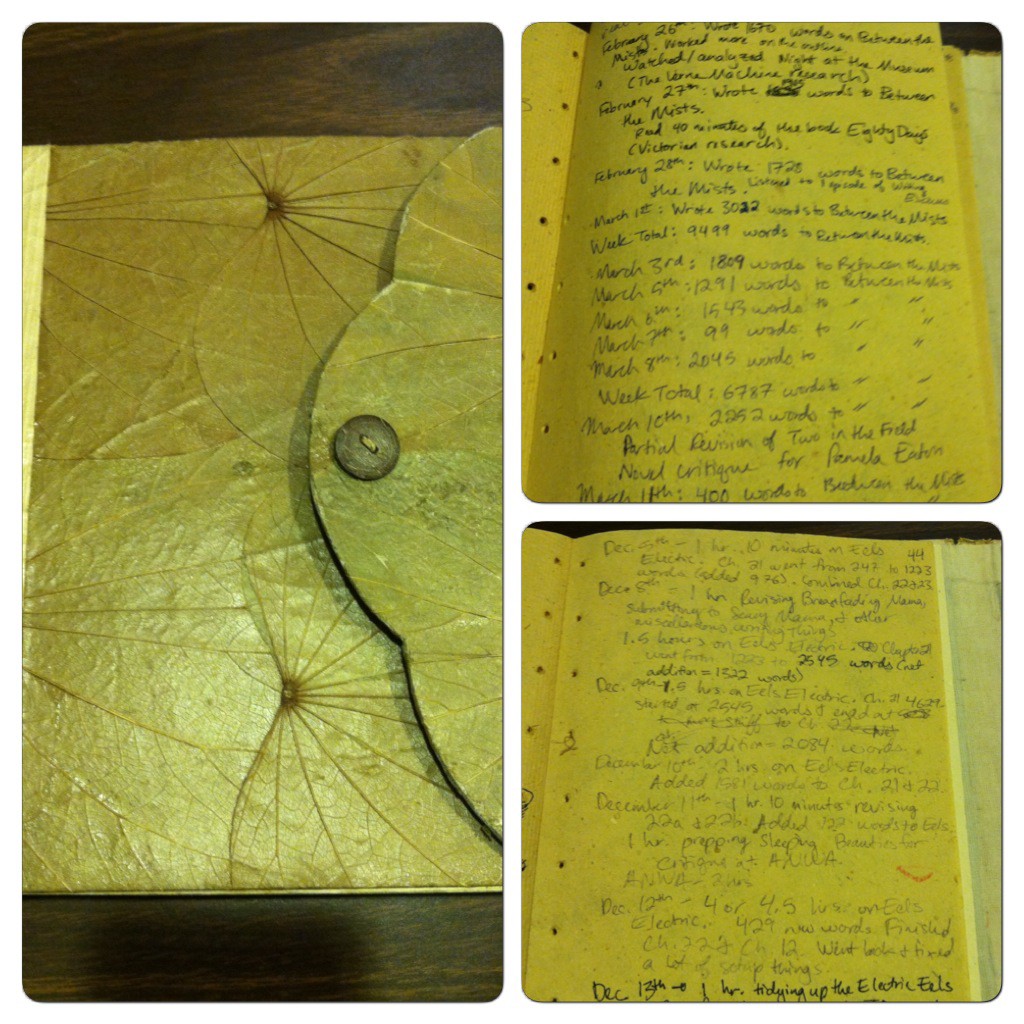The Great Author Photo Debate of 2015
It was a Sunday night. I’d spent 2 hours editing and cropping possible author photos, and I had 6 that I liked. And honestly, I hadn’t the least idea of which photo I should use–I was too close to the project, sick of staring at my own teeth.
So I decided to crowd source.
On Monday morning, I posted the following to Facebook. My husband reposted it to his page and to Twitter.
Responses poured in, and since I’d posted it as Public, plenty of people I’ve never met voted. And everyone had opinions. I compiled the results in an Excel file.
217 people voted. 64 people (29%) voted for more than one photo.
The final votes:
But despite the votes, I still wasn’t sure which photo to choose.
After all, I never said I would choose the photo that had the most votes. And photos 4 and 5 had a close number of votes, with some things making me lean towards photo 5 (several editors from a publishing house and someone who arranges author visits both put photo 5 down as their top choice). Also, it wasn’t the best poll from a scientific standpoint, as people could see what others had voted and it may have subconsciously impacted some people’s decision. (I intentionally didn’t do an official Facebook Poll, because then people could constantly see the final count, instead of just what the last few people had voted.)
In a helpful move, one of my friends gave me some pop culture advice.
He told me “Blue Steel.”
Oh, yes, from the film Zoolander. Is it really possible to choose the best Ben Stiller, especially since the photos are so drastically different?
Also, he sent me this amazing clip from the film Ten Things I Hate About You. You can skip to about 36 seconds in.
The real question, then, is if I wanted to be pensive or thoughtful.
As many people pointed out, different photos create different meanings, and impact the way people will interpret me as an author. But there was a diversity of interpretations for any given photo.
I decided to do a test and see what the photos looked like on the web.
I turned to Twitter, since I have a small audience and followers don’t get a notification when you switch your photo.
Photo 4 on Twitter:
And when it’s shown smaller:
Photo 5 on Twitter:
And when it’s shown smaller:
Both photos looked good on Twitter. But in the context of a social media site, I preferred Photo 4.
So despite the fact that I am going to make 47% of respondents unhappy, I’m going with Photo 4. However, I plan to use Photo 5 if I ever need an alternate photo.
My other photos are awesome too. For instance, the turquoise background photos look really good when they aren’t cropped into a headshot, so I will surely use them for something.
Thanks to everyone who participated in the Great Author Photo Debate of 2015!
A New Fairy Tale Party Game for Teenagers and Adults
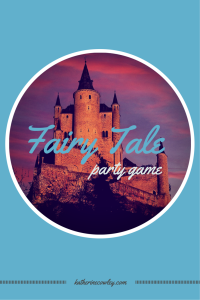
I threw a happily ever after activity last night for a group of teenagers and adults. I spent a while searching online for the perfect fairy tale party game, but none were to be found, so I created my own, based on Disney versions of fairy tales. You can print out all the components you need to play it for free.
The Fairy Tale Party Game
Description: Create new fairy tales by mixing up characters and story elements in this free, funny, fairy tale party game that can work for large or small groups. Now Rapunzel can marry Prince Eric and defeat a mythical bear. Ursula can find her own happily ever after by fighting evil princess Aurora and marrying Simba, the lion king. The possibilities are endless!
The Background: Fairy tales have a handful of essential parts–a protagonist, a love interest, a villain, and then in regards to plot, there are a few core elements. I’ve simplified 12 Disney versions of fairy tales into these elements.
Fairy Tales used (Disney versions): Rapunzel, Brave, The Little Mermaid, Pocahontas, Frozen, Snow White, Sleeping Beauty, Mulan, Lion King, Aladdin, Beauty and the Beast, the Princess and the Frog
Who can play: This game is specifically designed for teenagers and adults, but could be simplified if you wanted to use it for younger children.
Number of players: 4-30. There are 6 presorted packets of fairy tales–you can use some or all of them. Group sizes could range from 2 to 5 players. We played with 4 groups of 2-3 people each. If your party or activity has more than 30 people, you could print off multiple copies of the packets–each group is bound to create an original fairy tale.
Game Play: Each group receives a packet containing six characters and twelve plot elements. The group chooses three of the six characters, assigning one to be the protagonist, another to be the love interest, and another to be the enemy (note that traditional roles can be ignored–Jafar or Mother Gothel could be the protagonist). Next, the group selects six of the twelve plot elements in order to tell a new story with these characters. The group chooses an order for the story elements. Minor adjustments to the plot elements can be made in order to improve the story.
After about fifteen minutes, each group shares the new story with everyone at the party. Stories will range from funny to surprising.
Preparing the Game:
Print the first file, Fairy Tale Game File 1 Labels on card stock. I used two colors–one for the types of characters, and another for the plot elements. Tape the characters and plot elements on the wall in order.
Print the second file, Fairy Tale Game File 2 Game Pieces. This is all the game pieces, already organized into mixed-up groupings. Put each group’s papers into a manila envelope of folder.
Have tape handy, and have each group tape their new fairy tale to the wall once it is completed.
The Plot Elements
Before starting the game, I read an example of a normal Disney fairy tale, showing how it fits in the standard plot structure. Here’s the example of Rapunzel’s story from Tangled:
Protagonist: Rapunzel
Love Interest: Flynn Ryder
Enemy: Mother Gothel
Inciting Incident: [Protagonist] leaves her tower with [love interest] as a guide.
Fun and Games: [Protagonist] and [Love Interest] make friends with all sorts of hoodlums at a not-so-friendly tavern called the Snuggly Duckling.
Turning Point: People chase [Protagonist] and [Love Interest]. They fight enemies at a dam, and they barely escape!
Rising Action: [The villain] tries to convince [the protagonist] to give up.
The Night of Despair: [The love interest] betrays our [protagonist] for money and, heartbroken, [protagonist] returns to her tower with [the villain].
Final Battle and Victory: [The love interest] returns and is injured by the [villain]. [Protagonist] is willing to give up her freedom to save [the love interest]. [Love interest] cuts off [protagonists] hair and [the villain] falls out of the tower.
Note: this six part plot structure is inspired by Blake Snyder’s book on screenwriting, Save the Cat.
Variations:
- Mix up the fairy tales in new configurations.
- Add “Write your own plot elements” or “Choose your own protagonist” papers for each group.
- Print them as cards rather than large papers for the wall.
In the works: I’m looking at turning this fairy tale party game into a card game, which would be nice and compact. I will update when and if I can make that happen!
Original castle image: lapidim via flickr, Creative Commons license
A New Science Fiction Comedy Short Story for Valentine’s Day
Sometimes we take Valentine’s Day too seriously. As a remedy, I’ve decided to post a short story I’ve written on my website.
It’s science fiction–set on Earth, but centuries in the future.
It’s a comedy–because the things that speak to us most deeply (like romance) should never be taken too seriously.
It’s about kissing–and even better, first kisses.
Oh, and did I mention teenagers? Because when you are young, you feel deeply, and that makes for interesting stories.
Without further ado, my science fiction, comedy, short story, Case Study #237: Teenage Ethical Dilemmas.
12 Months of Writing: 2014, A Year in Review
Yesterday morning my almost-four-year-old daughter came up to me and asked, “Mom, are you working on your dream?”
I was editing a story in my green binder, which she recognized as my writing binder. The day before we had listened to the song “I’ve Got a Dream” from Tangled and my daughter had asked me, “Mom, what’s your dream?”
I explained that my dream was to have my name on the covers of published books. And then I told her that if you want a dream to happen, you don’t just sit around. You work for it.
That’s what I’ve been doing during 2014: working on my dream. I read the book The Power of Habit and learned how to create habits. I forced myself to focus, to output words when I had no motivation and no inspiration (which was probably 3 days out of every 5). When I found myself truly stuck on one project I would switch to another project until I figured the first project out: I knew that I couldn’t let myself stop writing. I kept a daily writing journal to keep track of my progress.
There were days where I didn’t write a thing, and days where I eked out a mere hundred words. I intentionally gave myself a day of rest once a week, where I did not actively work on my goal. But most days I spent at least an hour writing, and many days I spent more than that. Throughout the year, I sacrificed all sorts of things so I could write: movies and TV shows I wanted to see, books I wanted to read, activities I wanted to attend, and other hobbies and interests that I love. I sacrificed sleep and relaxation. But it was worth it.
Here’s what I accomplished during 2014:
- Wrote approximately 135,700 entirely new words. That’s around 550-600 double-spaced pages.
- Revised a 140 page novella (4 additional drafts).
- Wrote the first draft of a young adult fantasy novel.
- Wrote the second and third drafts of a 500 page adult steampunk novel. This was a brutal task.
- Deleted over 30,000 words.
- Wrote and revised 6 short stories, ranging in length from 750 to 9000 words.
- Received 20 rejection letters from publishers and magazine editors. (I tried to constantly have at least 3 short stories and essays out on submission.)
- Received 2 acceptances. My short story “Daughter of a Boto” received third place in the Meeting of the Myths contest. Another story, “Three Wishes,” will be published in a digital anthology next year.
According to my writing journal, I spent about 521 hours working on writing over the course of the year. That’s 1.4 hours a day—less than an hour and a half every day.
I’m now much closer to my dream. And 2015 looks like the perfect time to spend another year writing.
10 Books that Make Perfect Christmas Presents for all the Kids on Your List

Books are one of the very best things you could give as a Christmas present–they transport the reader to new worlds, wonders, and possibility. And what better gift can you give to a child than the love of reading?
The following are books that I love that would make perfect Christmas presents for 0-14 year old kids. I’ve organized the list by age, with books for younger kids at the top of the list and older kids at the bottom of the list. I’ve listed the ages the publisher recommend, but know that kids older or younger will probably enjoy these books. For example, my two year old absolutely adores the Fancy Nancy book, even though it is recommended for 4 to 8 year olds. And I’ve spotted 13 and 14 year-olds reading Ever After High.
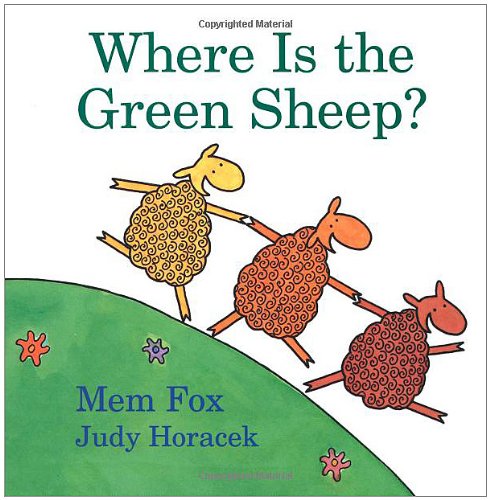 Where is the Green Sheep?
Where is the Green Sheep?
1-3 years old
This is a delightful, rhyming book with bright illustrations. Children will visit the circus, the train, the beach, and even the moon as they search for the green sheep. This book has been a favorite of both my daughters.
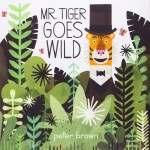 Mr. Tiger Goes Wild
Mr. Tiger Goes Wild
3-6 years old
Mr. Tiger is tired of being so proper. He wants to have more fun. So he decides to go wild.
I love all the animals dressed in Victorian outfits and the imaginative story. And kids love it too!
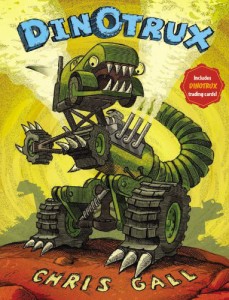 Dinotrux
Dinotrux
3-6 years old
Millions of years ago, Dinotrux ruled the Earth. But they weren’t the friendly, helpful trucks we have today…
Dinosaurs are awesome. Trucks are awesome. The only thing more awesome then dinosaurs or trucks are Dinotrux.
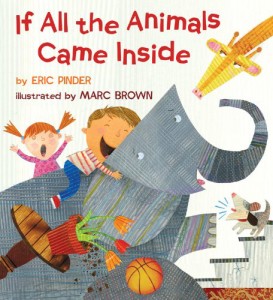 If All the Animals Came Inside
If All the Animals Came Inside
3-6 years old
All the animals from the zoo come inside a little boy’s house. His sister and his parents aren’t very happy about it, but the boy is…at least at first.
This is a hilarious, fun, romp-filled book full of animals and rhymes. The awesome illustrations come from Marc Brown (the creator of Arthur). This is a book that both kids and parents will want to read again and again.
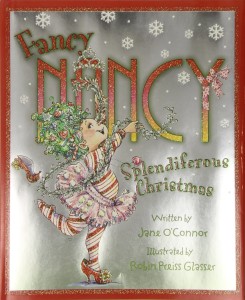 Fancy Nancy: Splendiferous Christmas
Fancy Nancy: Splendiferous Christmas
4-8 years old
Fancy Nancy loves everything fancy, so Christmas is the perfect holiday. But what happens when the tree falls over and Nancy’s fancy Christmas topper breaks?
Fancy Nancy is one of my daughters’ favorite characters. With Fancy Nancy, the world is the place of energy and beauty. And I love that the books teach kids all sorts of new words.
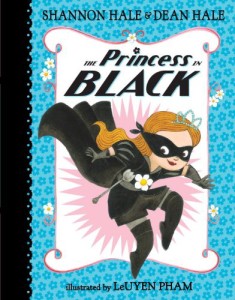 Princess in Black
Princess in Black
5-8 years old
Princess Magnolia wears flouncy dresses and eats formal meals…until a blue monster threatens the kingdom. She ditches her princess gear, dresses in black, and sets out to save the kingdom.
This is an awesome princess/superhero story, from Newbery Honor winning author Shannon Hale. It’s a great chapter book for young readers. Adults can read it to younger children, and older children can read it to themselves. This is the book I’m most excited to give my kids for Christmas this year.
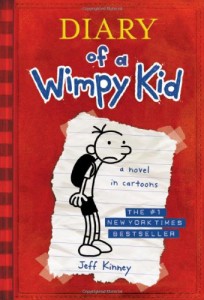 Diary of a Wimpy Kid
Diary of a Wimpy Kid
7-13 years old
This is a novel written entirely in cartoons. It’s a funny, poignant story of what it is to be a kid in school. This is a series that is loved by both kids and adults, and if the kid on your list hasn’t read it yet, it’s a perfect Christmas present. There are a number of other books in the series that you can also purchase.
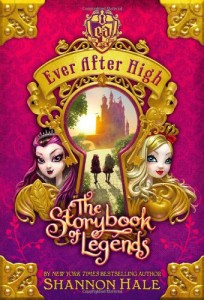 Ever After High: The Storybook of Legends
Ever After High: The Storybook of Legends
8-12 years old
At Ever After High, the children of fairy tale tale heroes and villains are trained to fulfill their destinies as fairy tale characters, whether they like it or not. This is a brilliant retelling of fairy tales that kids will love. You can also buy a boxed set of the three books in the series and the accompanying Ever After High dolls by Mattel. I went to a book signing for this series and it was awesome to see dozens of 8-12 year old girls absolutely in love with this series and the author.
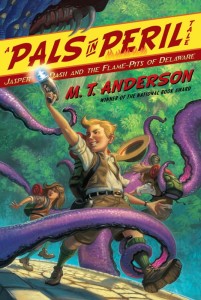 Jasper Dash and the Flame Pits of Delaware
Jasper Dash and the Flame Pits of Delaware
10-14 years old
Jasper Dash: Boy Technonaut, and his friends Lily Gefelty and Katie Mulligan, must solve a terrible mystery, and go to the state of Delaware to do it. In this reincarnation, Delaware has flame pits, jungles, and an evil dictator. This is one of the funniest books I have ever read, guaranteed to be loved by imaginative kids. 8 or 9 olds who are good readers would love this book as well.
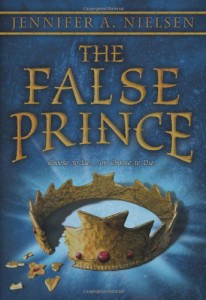 The False Prince
The False Prince
10-14 years old
An orphan on the streets must pretend to be the missing prince…or die.
This is the first book in a trilogy, and spent some time on the New York Times bestselling list simply because it is awesome. It’s filled with action and adventure, as well as touching moments where Sage must decide who he is and how he will relate to others.
The best part is the entire series is out, so readers don’t have to wait for years. If you want to give a stellar Christmas gift, pick up the second and third books as well.
The Story Behind the Story: “Daughter of a Boto”
My short story, “Daughter of a Boto,” was published as part of the Meeting of the Myths contest, and won third place. I sincerely believe that “Daughter of a Boto” is the best thing I have written this year.
If you haven’t read the story, go read it. Then come back here.
The Story Behind the Story: “Daughter of a Boto”
When I was 16 years old I spent 19 days in the state of Acre, Brazil, in the Amazon Rainforest, doing a service project. We started from the city of Cruzeiro do Sul and traveled on a boat upriver for four days to Thaumaturgo, a small town. While we were on the river we saw many gray and pink botos (river dolphins), and it was while we were watching them that I was told the legend of the boto. Thaumaturgo is where the main character of my story is from, and the legend of the boto provides the main basis for the story.
Fast forward to the present time. I’ve been writing a speculative novel with a Brazil-inspired setting and it does have some botos in it, though I’m using a Greek or Roman legend as the basis for the dolphins. So I’ve had river dolphins in my mind. And then this Easter someone gave my daughter a pink dolphin toy, which reminded me of my trip years ago and the legend of the boto. But I still didn’t have the legend on the front of my mind. For months I had been trying to come up with a story idea for the Meeting of the Myths contest, but I still didn’t have one. Then my mom sent me a news article about one of the people running for president in Brazil, and she was from Acre, and the photos of rubber tapping and the river reminded me of my trip. And suddenly I had my idea: a newish member of the LDS church who has always been told her father is a river dolphin.
The story was also inspired by my current calling in the LDS church as a young women leader–we were working on family history this summer as a stake and at one point during a lesson one of the young women said, “How do I do my family history if I don’t know who my father is, and can’t find out?” And as I looked around the room at the young women I realized that was the case for not just one but several of the young women in the ward. And so this story is really for them.
I wrote some of the key dialogue and imagery during a Sunday School lesson, and then did research on botos and wrote the full first draft the next day. Then I spent many hours revising and word crafting, though the final version is very, very close to the original. This is one of those rare cases where the story was almost perfect as originally conceived.
Links to Learn More About Botos and the Meeting of Waters
- The Meeting of Waters in Manaus (Wikipedia article)
- The Boto or Amazon River Dolphin (Wikipedia article)
- The Boto (Wikipedia article in Portuguese–contains additional details)
- The Pink River Dolphin (from Wilderness Classroom)
- The Encantado (Wikipedia article)
- List of Brazilian Folklore Figures
- Lenda do Boto (Portuguese Wikipedia article)
- More on the Lenda do Boto (in Portuguese)
- O Mito do Boto (in Portuguese)
- The book Dolphins by Sally M. Walker
Original Boto Image Credit: Jose Hilton Pereira da Silva, Creative Commons license

